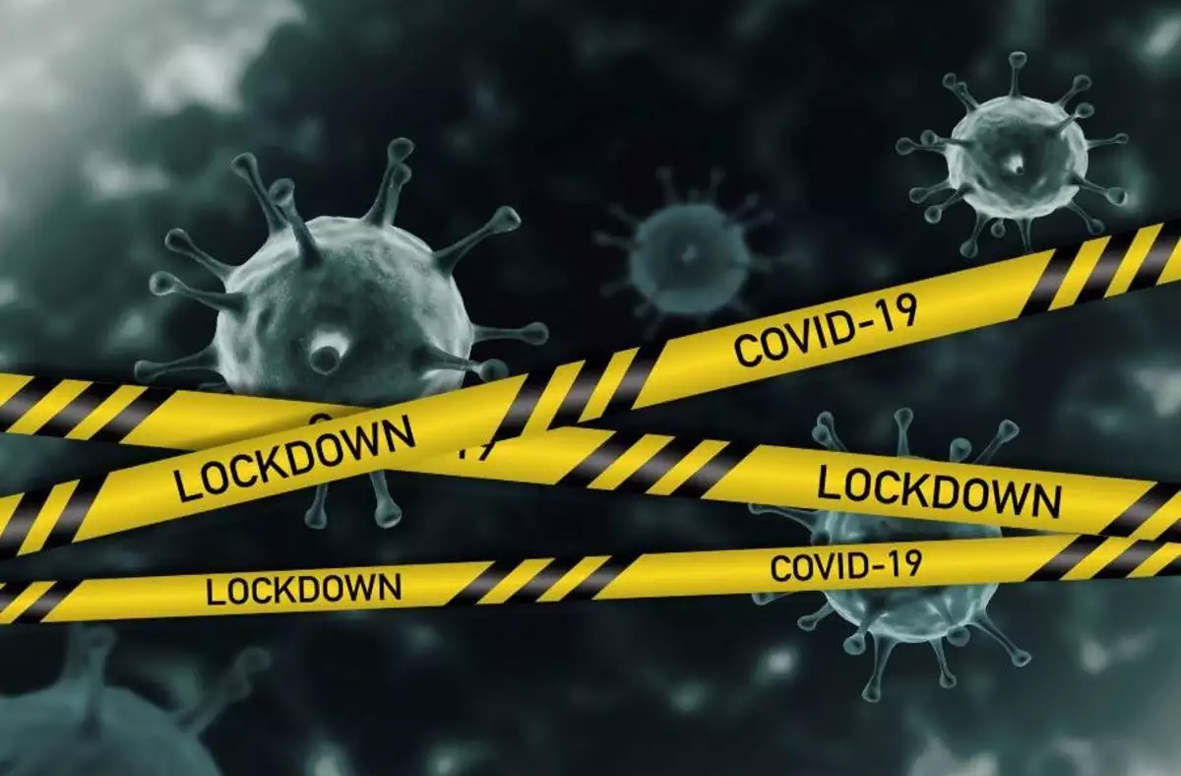Suhail Bhat
Srinagar, May 21: COVID designated hospitals across Kashmir are struggling to contain the influx of the attendants despite authorities directing the hospital administration to prevent them from becoming the super-spreaders by monitoring their inflow.
While the hospitals blame it on the shortage of the staff, the doctors warn the attendants could turn super spreaders and wash away all the efforts of the administration to break the transmission chain by imposing lockdown.
“Many attendants accompany a patient as they take turns to take care of the patient. Once an attendant finishes his or her turn, he/she goes back to his/her home, community and carries business as usual despite having higher chances of catching an infection,” a doctor said, adding that the attendant can start a chain reaction and become a super spreader of the virus.
From emergency, where patients are first brought for treatment to the COVID wards, many attendants accompany a patient to a hospital. The attendants, mostly desperate family members, are often seen in proximity with oxygen beds, comforting, feeding, or even speaking to a patient. Some attendants even sit together with the patient on the bed and none of them wear PPE or follow social distancing.
In this regard, the Government passed an order on 17th May asking the heads of all the COVID hospitals to monitor the influx of attendants. “In this context, as has been directed by the Divisional Commissioner, Kashmir during the meeting held on 17th May 2021, you are directed to monitor the influx of attendants in Dedicated COVID Hospitals (DCHs) and Dedicated COVID Health Centres (DCHCs) under your administrative control by ensuring strict adherence to SOPs/guidelines already circulated to prevent them from getting infected & contain transmission of infection to others,” the order stated
In addition, it said, they were also directed to make sure that the attendants do not manipulate oxygen devices in the health institutions. “Put in place signages/ posters advocating the hazards of manipulating oxygen devices and increasing the flow of oxygen which is deleterious to the health of patients,” it said.
A few doctors and nurses who did not want to be named told Excelsior that they have been under tremendous pressure over the last year and workload has increased in the second wave. They said there is a severe shortage of doctors and nurses against the exponential rise in Covid cases and they cannot handle patients on their own.
“Frankly speaking more than patients the hospital needs these attendants. They do everything: taking patent to the bathroom, feeding them, and arranging oxygen cylinders for them. Their absence will be a hit to the patient care,” he said.
For instance, 20 nurses take care of around 9- COVID wards at SMHS. Last year Lt. governor, Manoj Sinha, asked the hospital administration to appoint 200 nurses, but that has not been done so far.
The attendants said they are left to fend for themselves because of the shortage of doctors and nurses in the hospital. “There is a single nurse in our ward. She is working hard but unable to cater to the whole ward properly. There should be at least 4-nurses here,” an attendant, whose father is being treated for COVID at SMHS, said.
He added that it takes at least 3-4 people to take care of a COVID patient as multiple tasks are involved. “One person has to ensure the oxygen cylinder is available on time and another one has to take care of medication. The third person has to handle the patient. One person cannot do all these jobs,” he said, adding they cannot leave their loved ones at the mercy of a hospital that is understaffed.


